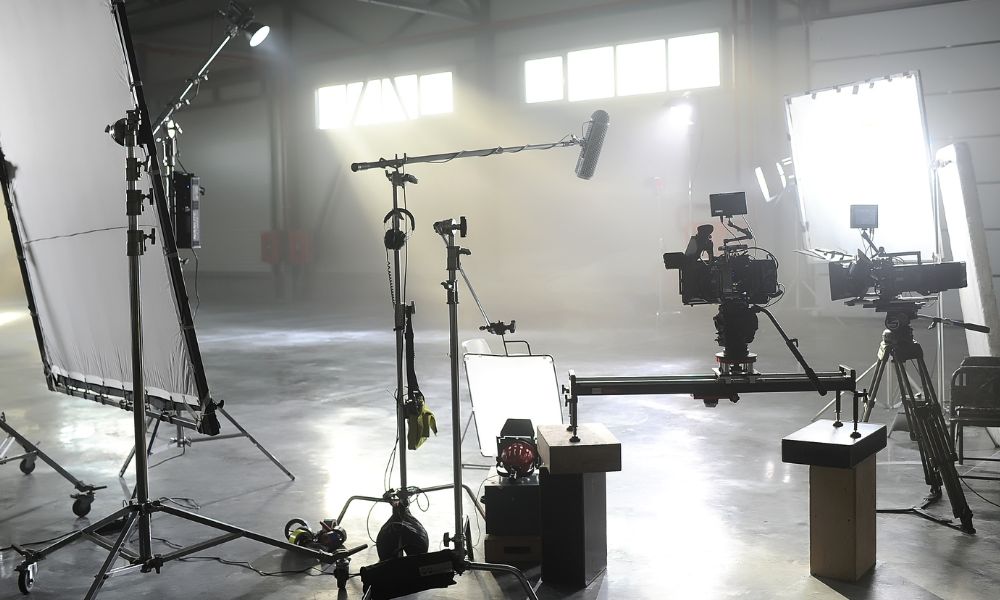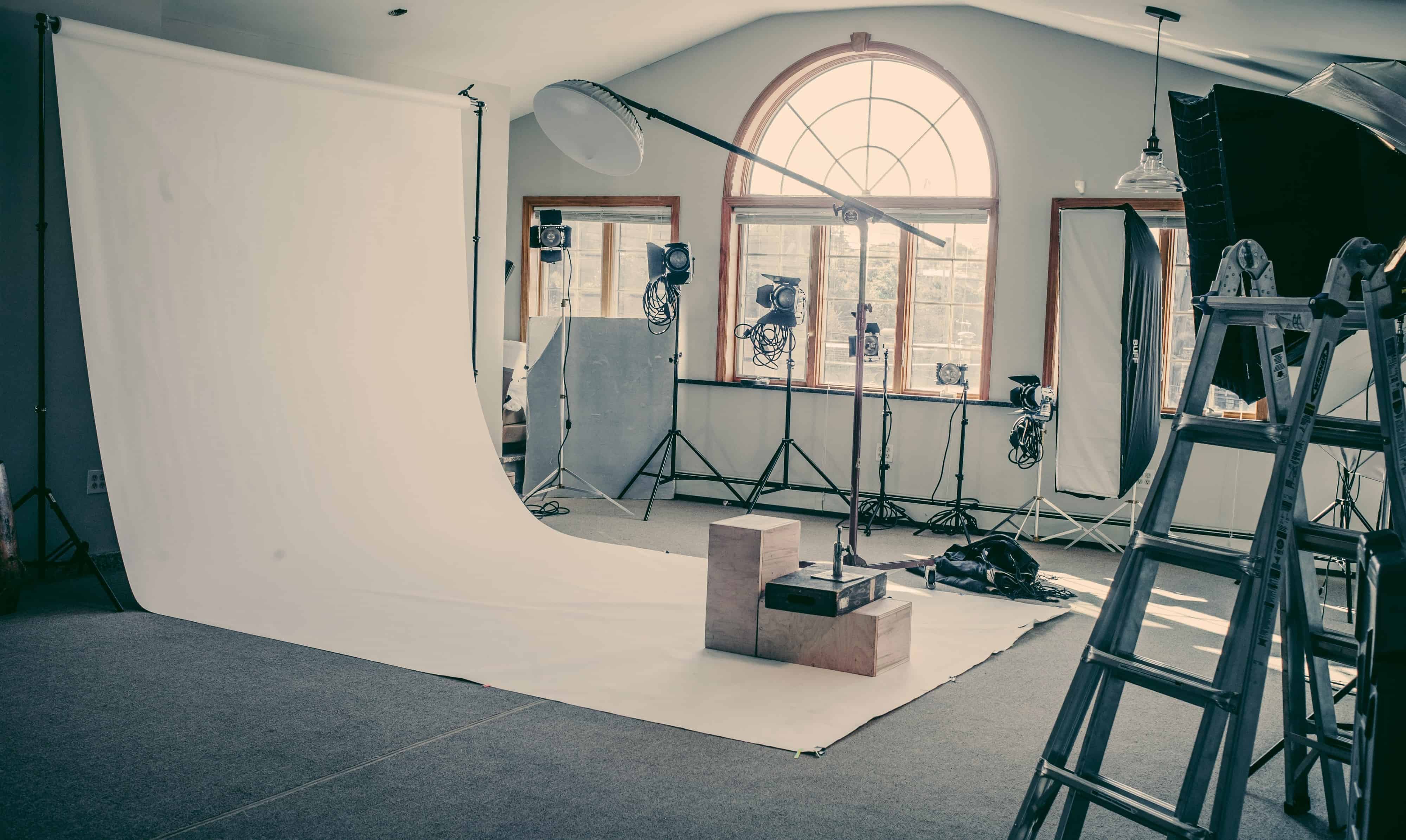What is Loop Lighting in Photography and How to Master It?
As a professional photographer, understanding the nuances of lighting can elevate your work from ordinary to extraordinary. One popular technique that has garnered attention in the photography community is loop lighting. In this article, well delve into what loop lighting is in photography, its characteristics, applications, and tips on how to achieve stunning results.

Understanding Loop Lighting
Loop lighting is a classic portrait lighting technique that creates a pleasing, soft shadow on the subject's face. Characterized by the small loop-shaped shadow that forms under the nose, this technique can add dimension and depth to your images. It's commonly used in portrait photography for its ability to flatter various facial structures.
The Anatomy of Loop Lighting
To achieve loop lighting, the key is positioning your light source at a 30 to 45-degree angle from your subject. The height and distance of the light source can significantly impact the shadows size and quality. In most cases, you want to ensure that the light illuminates one side of the face while creating a subtle shadow on the other.

Setting Up Loop Lighting
Setting up loop lighting involves several steps that can lead to stunning images. First, choose your **lighting equipment** wisely. Many photographers prefer softboxes or umbrella lights for this technique. You can also refer to this guide on how to set up lighting for additional insights.
Step-by-Step Guide to Achieving Loop Lighting
- Position the Light: Place your light at a 30 to 45-degree angle from your subject's face and slightly above eye level.
- Test Your Setup: Take a few test shots to check the shadow under the nose, adjusting the lights height or angle as needed.
- Modify the Light: Use diffusers or reflectors to soften harsh shadows, enhancing the overall look.
- Camera Settings: Make sure your camera settings are optimized for the lighting conditions youve set up to capture the intended effect.

Why Choose Loop Lighting?
Loop lighting is often preferred because it creates a natural and flattering look. Its particularly effective for headshots and portraits, as it enhances the subjects features while maintaining a professional appearance. Understanding why lighting is important will also help you appreciate the significance of mastering this technique.
Common Mistakes to Avoid
As with any photography technique, it's easy to make mistakes. Here are some common pitfalls to be mindful of:
- Incorrect Angle: Positioning the light too high or low can lead to unflattering shadows.
- Harsh Lighting: Using a bare bulb can produce harsh shadows; consider using diffusion or reflectors.
- Ignoring Background: A cluttered or distracting background can detract from your subject.

Using Loop Lighting in Various Settings
Loop lighting is versatile and can be adapted to various settings, including outdoor shoots, studios, and even events. For outdoor photography, consider the natural sunlight as your primary lighting source and control shadows using reflectors. For studio settings, this guide to studio lighting can provide additional techniques to explore.
Loop Lighting in Practice
Many photographers incorporate loop lighting into their sessions to enhance the focus on the subject while offering a pleasing aesthetic. From fashion photography to family portraits, this lighting style offers flexibility in achieving stunning results.
Experimenting with Loop Lighting
Dont be afraid to experiment with loop lighting and adapt it to your style. Consider varying the distance of your light, trying different modifiers, and playing around with camera settings. The more you practice, the more familiar youll become with how loop lighting can enhance your photography.
Conclusion
Recognizing the impact of lighting in photography, especially techniques like loop lighting, can greatly refine your craft. By understanding Rembrandt lighting and other styles, you can build a solid foundation in portrait lighting. Loop lighting is a fantastic technique that can elevate your work, making it essential for every professional photographer.
FAQs
1. What is loop lighting best used for?
Loop lighting is primarily used for portrait photography as it provides flattering results, enhancing facial features and dimensionality.
2. How can I create loop lighting with natural light?
Position your subject so they face a natural light source, such as a window, and adjust their angle to create a loop-shaped shadow on their face.
3. Can loop lighting work for group photography?
While loop lighting is best for individuals, it can be adapted for small groups, ensuring each person is evenly lit while maintaining the shadow pattern.
As an Amazon Associate, I earn from qualifying purchases.

